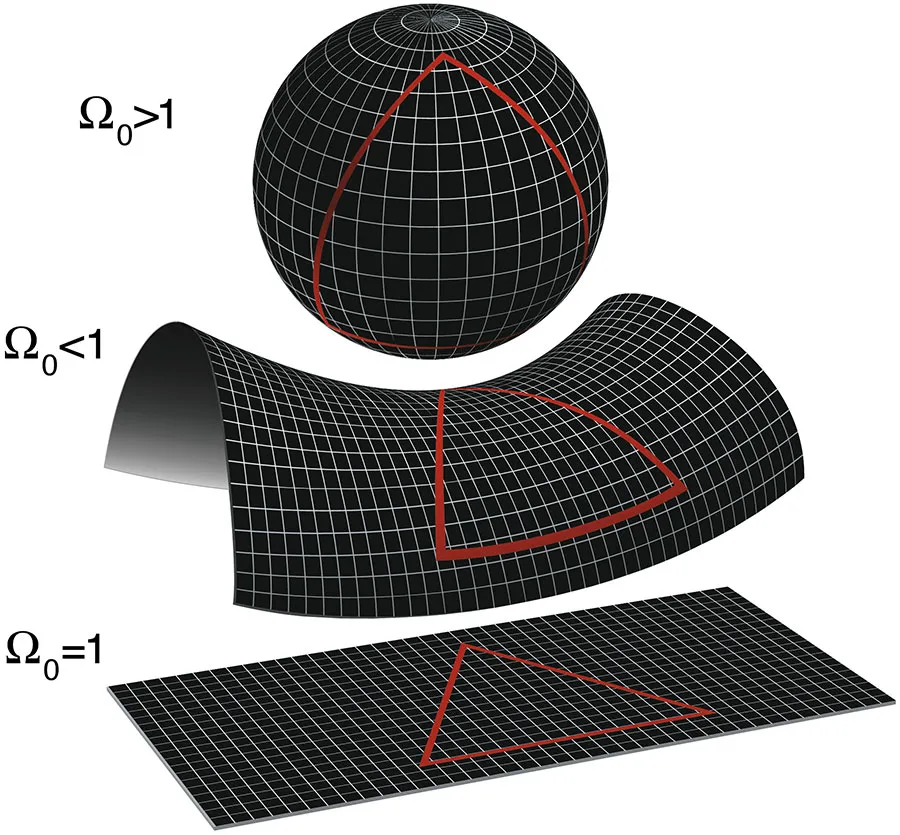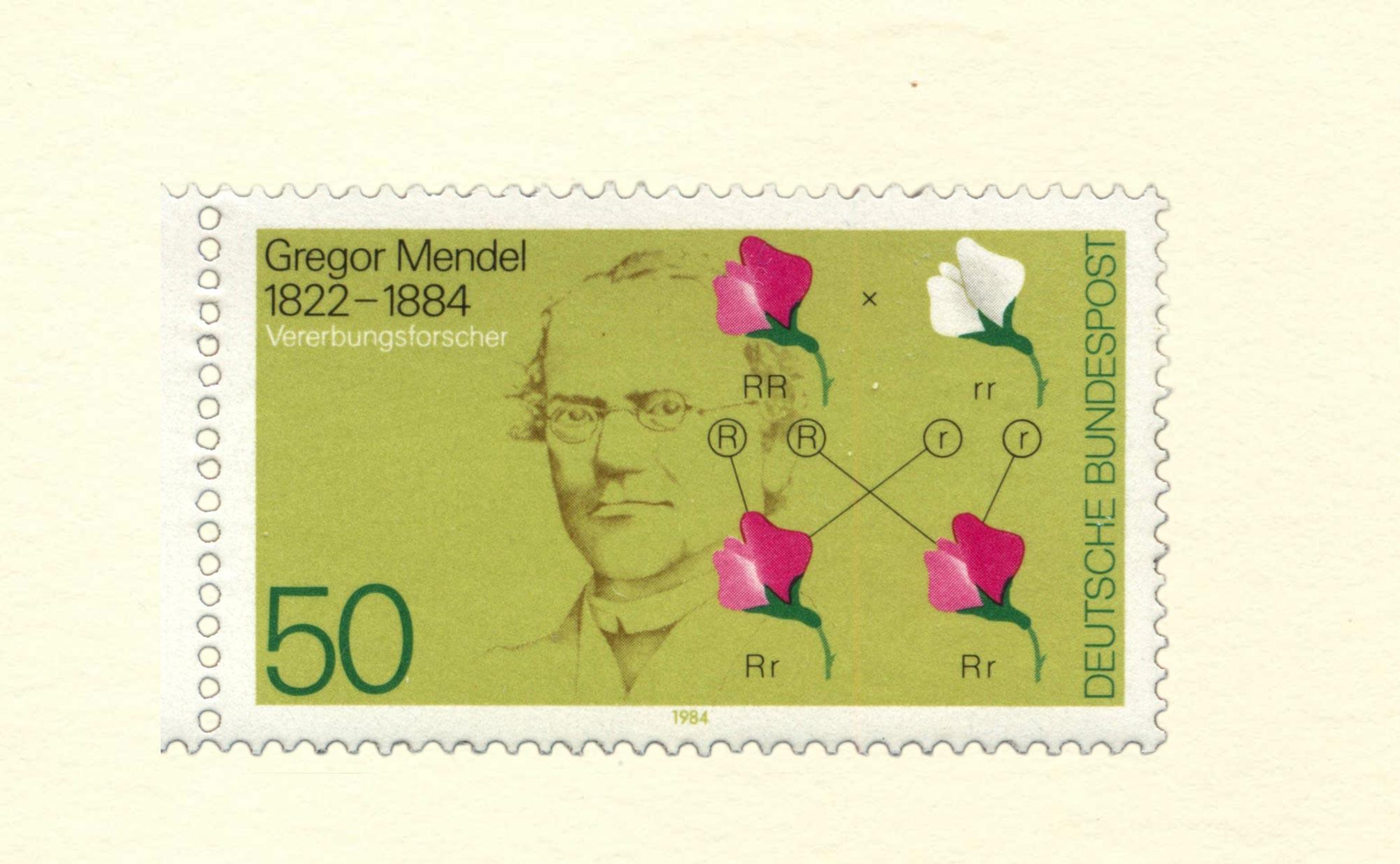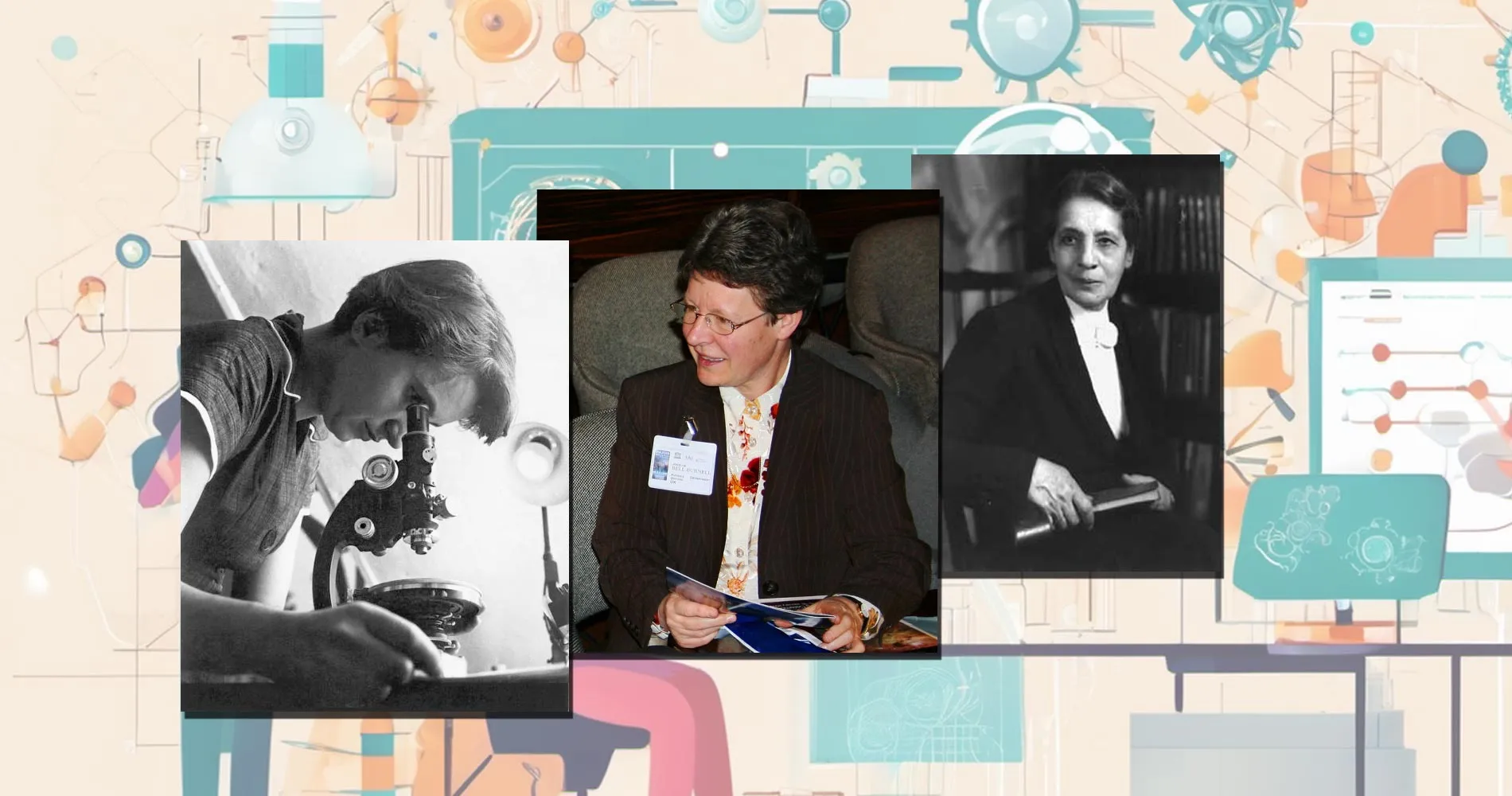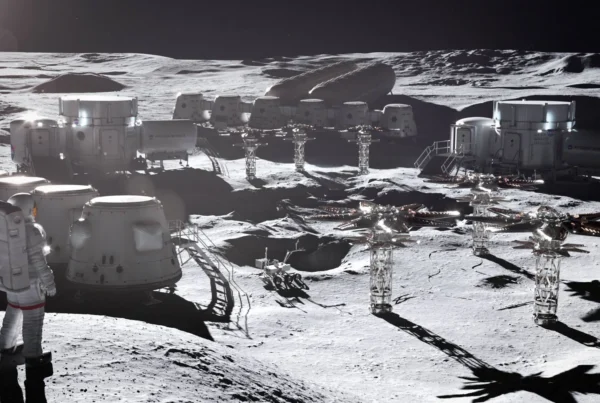On the 1st of July 2023, the European Space Agency (ESA) successfully launched Euclid, a sophisticated space telescope and observatory, aboard a SpaceX rocket. Orbiting 1.5 million kilometers from Earth for six years, Euclid’s objective is to help solve two of the most profound conundrums in modern cosmology: dark matter and dark energy.
Lukas Barcherini Peter
16 June 2025
Chinese version | French version | German version
Dark matter and dark energy together make up the vast majority of the universe—about 92% of its total content. Dark matter accounts for roughly 27% and dark energy about 65%, with the familiar matter we can observe comprising only a tiny fraction of the entire universe. Although both remain invisible to direct observation, their effects are undeniable. Following leading theories, dark energy is held responsible for the ever-increasing expansion of our universe, faster than known physical laws would allow. Dark matter, on the other hand, is responsible for the shapes and structures of the universe—a kind of glue holding things together—through immense gravitational pull.
Dark matter is a type of mass that cannot be seen directly—it does not emit, absorb or reflect light—but it reveals itself through the gravitational pull it exerts. As with all forms of mass and energy, it is a source of gravity thus influencing the motions of stars, galaxies, and light itself.
Dark matter was first proposed in the 1930s by Swiss astronomer Fritz Zwicky who observed how galaxies in the Coma Galaxy Cluster (roughly 223 million light-years away) were receding from each other faster than gravity from visible mass would allow. This implied the presence of additional, unseen mass exerting a gravitational pull.
Dark energy is even more mysterious than dark matter. While gravity pulls matter together, dark energy appears to act as a repulsive force, pulling masses, space, and time apart.
The discovery emerged in the late 1990s when astronomers observing distant supernovae found that galaxies were not slowing down in their expansion, initiated by the Big Bang, as expected. Instead, the galaxies are moving away from each other at an increasing pace. According to Einstein’s general relativity theory and our understanding of the behavior of matter in the universe, the mutual gravitational attraction between galaxies should slow the expansion—but this is not the case. The finding was so surprising and significant that it earned the 2011 Nobel Prize in Physics.
The most widely accepted explanation is that dark energy is a property of space itself—a form of vacuum energy that increases as space expands. Unlike matter, dark energy does not dilute as the universe grows; instead, its influence becomes more dominant over time as its “concentration” or density stays the same.
Hypotheses suggest that dark energy could be a sign that Einstein’s theory of general relativity may not fully apply at the largest cosmic scales. While the theory well describes gravity within galaxies and solar systems, it might not fully explain how space behaves across the entire universe. Dark energy might not just be a new “substance,” but a symptom of our incomplete understanding of gravity. Some ideas on dark energy explore extra dimensions or unknown physical forces. Each possibility leads to very different predictions on how the universe might evolve.
The influence of dark energy may also play a role in the geometry of our universe. If dark energy continues to drive accelerated expansion, it would support an “open” universe—one that expands forever. A “closed” universe, a loop or sphere, would suggest a future reversal of expansion, potentially leading to collapse. Euclid’s precise mapping of galaxies and cosmic structures will help scientists test these possibilities, offering critical insight into both the universe’s shape and its ultimate fate.

The image above visualizes two possible shapes of the universe based on its geometry and the influence of dark energy. At the top, a closed, spherical universe is shown, where space curves inward like the surface of a sphere. Such a universe could eventually stop expanding and collapse back in on itself. Below it, an open, saddle-shaped universe is depicted. In this scenario, space curves outward, and the universe would continue expanding forever. Euclid’s mission aims to precisely map the distribution of galaxies and cosmic structures, helping scientists determine which of these geometries best describes the true nature of our cosmos.
Source: NASA, https://wmap.gsfc.nasa.gov/media/990006/990006_2048.jpg
Despite the existing data, scientists still cannot frame with certainty what dark energy and dark matter might be. Both remain a placeholder term for something we observe but do not yet understand—a signpost pointing to the limits of current physics. This is precisely where Euclid comes in: by delivering high-resolution data on the large-scale structure of the cosmos, the mission may help narrow down the possible explanations for the concepts and shed light on whether both are either undiscovered substances or a hint that our fundamental understanding of gravity and space needs to evolve.
Euclid is equipped with a 1.2-meter-lensed telescope with two instruments. The VIS (Visible Imager) takes high-resolution images of visible light to detect gravitational lensing. This helps map the distribution of dark matter. The NISP (Near Infrared Spectrometer and Photometer) measures how distant galaxies move and behave by detecting their light in different wavelengths, a method called spectroscopy. It also sees through cosmic dust, allowing observation of distant galaxies. Together, these instruments enable Euclid to create a detailed 3D map of one-third of the universe, reaching ten billion light-years into the past. While being an ESA mission, Euclid is the result of a collaborative partnership composed of hundreds of institutes worldwide. The mission will generate enormous amounts of data, which will be scrutinized by thousands of scientists.
As Euclid progresses, its data could either confirm or challenge our understanding of the universe. If its observations expose gaps in current models, they could point toward new particles, forces, or theories of gravity—and therefore also toward completely new dimensions. Euclid will not provide all the answers—but by sharpening the questions, it brings us a step closer to understanding what holds the universe together, what drives it apart, and where it is heading.






















